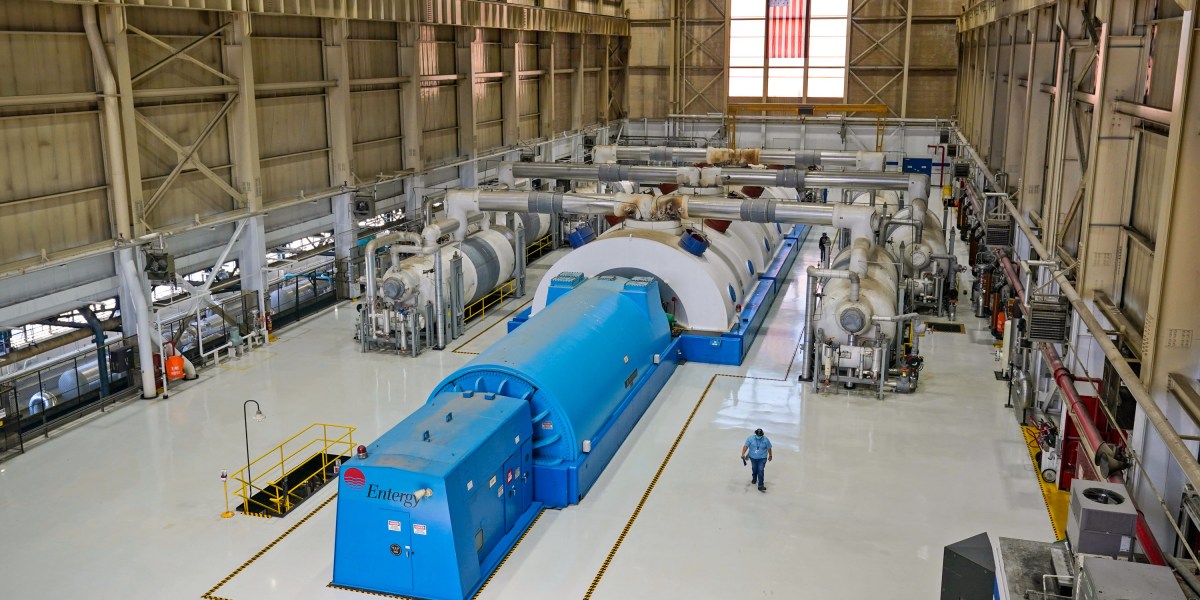
Two main components determine a plant’s lifetime: the reactor pressure vessel and the containment structure, says Jacopo Buongiorno, a professor of nuclear engineering at MIT.
- The reactor pressure vessel is the heart of a nuclear power plant, containing the reactor core as well as the associated cooling system. The structure must keep the reactor core at a high temperature and pressure without leaking.
- The containment structure is a shell around the nuclear reactor. It is designed to be airtight and to keep any radioactive material contained in an emergency.
Both components are crucial to the safe operation of a nuclear power plant and are generally too expensive or too difficult to replace. So as regulators examine applications for extending plant lifetimes, they are the most concerned about the condition and lifespan of those components, Buongiorno says.
Researchers are searching for new ways to tackle issues that have threatened to take some plants offline, like the corrosion that chewed through reactor components in one Ohio plant, causing it to be closed for two years. New ways of monitoring the materials inside nuclear power plants, as well as new materials that resist degradation, could help reactors operate more safely, for longer.
Extending the lifetime of nuclear plants could help the world meet clean energy and climate goals.
In some places, shutting down nuclear power plants can result in more carbon pollution as fossil fuels are brought in to fill the gap. When New York shut down its Indian Point nuclear plant in 2021, natural gas use spiked and greenhouse gas emissions rose.
Germany shut down the last of its nuclear reactors in 2023, and the country’s emissions have fallen to a record low, though some experts say most of that drop has more to do with an economic slowdown than increasing use of renewables like wind and solar.
Extending the global nuclear fleet’s lifetime by 10 years would add 26,000 terawatt-hours of low carbon electricity to the grid over the coming decades, according to a report from the International Atomic Energy Agency. That adds up to roughly a year’s worth of current global electricity demand. That could help cut emissions while the world expands low-carbon power capacity.
So when it comes to cleaning up the power grid, there’s value in respecting your elders, including nuclear reactors.
